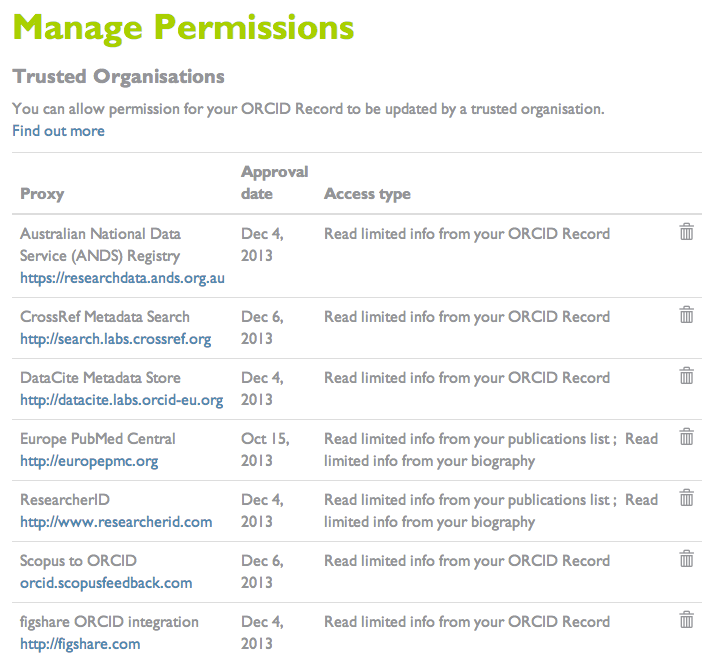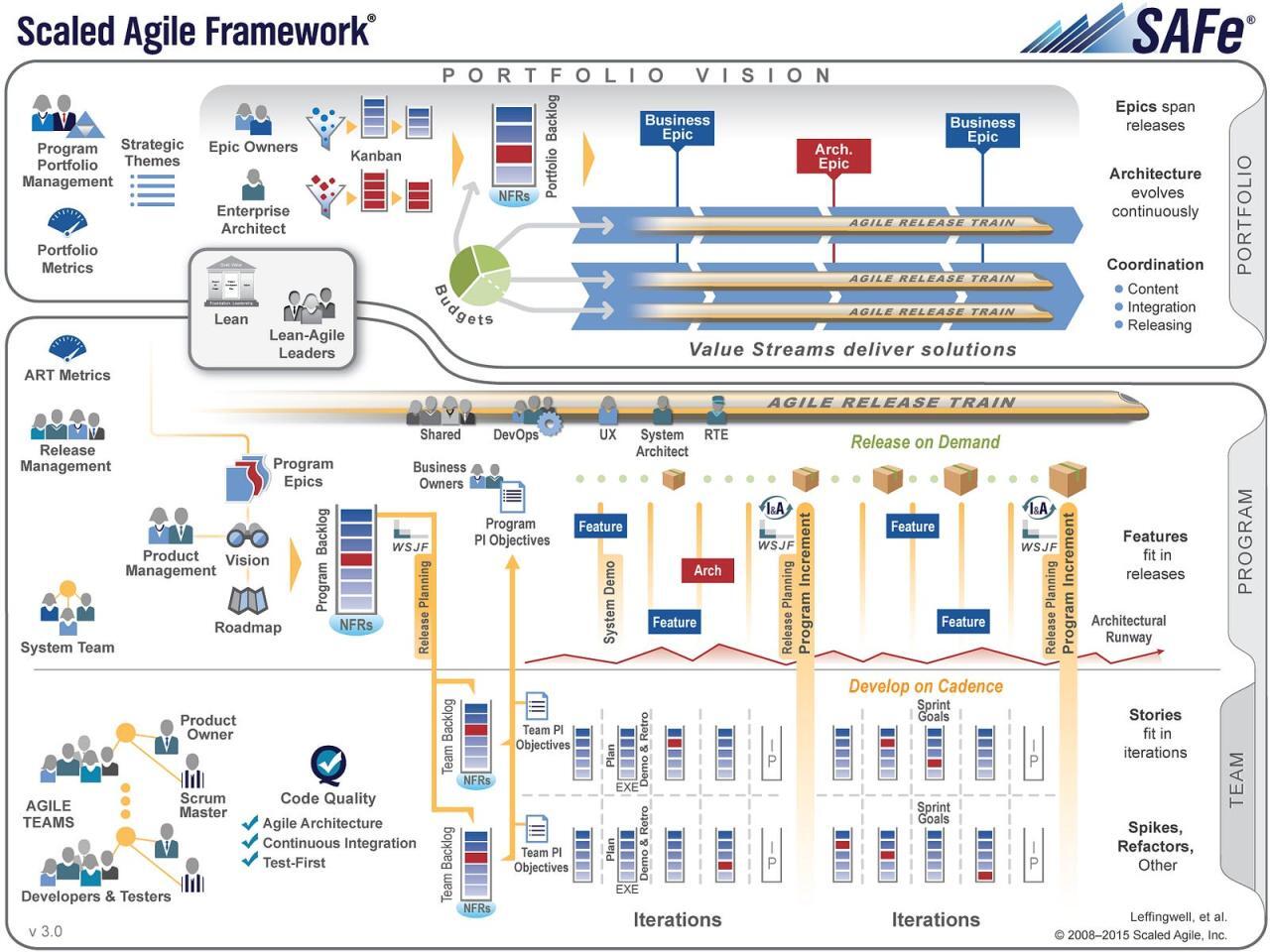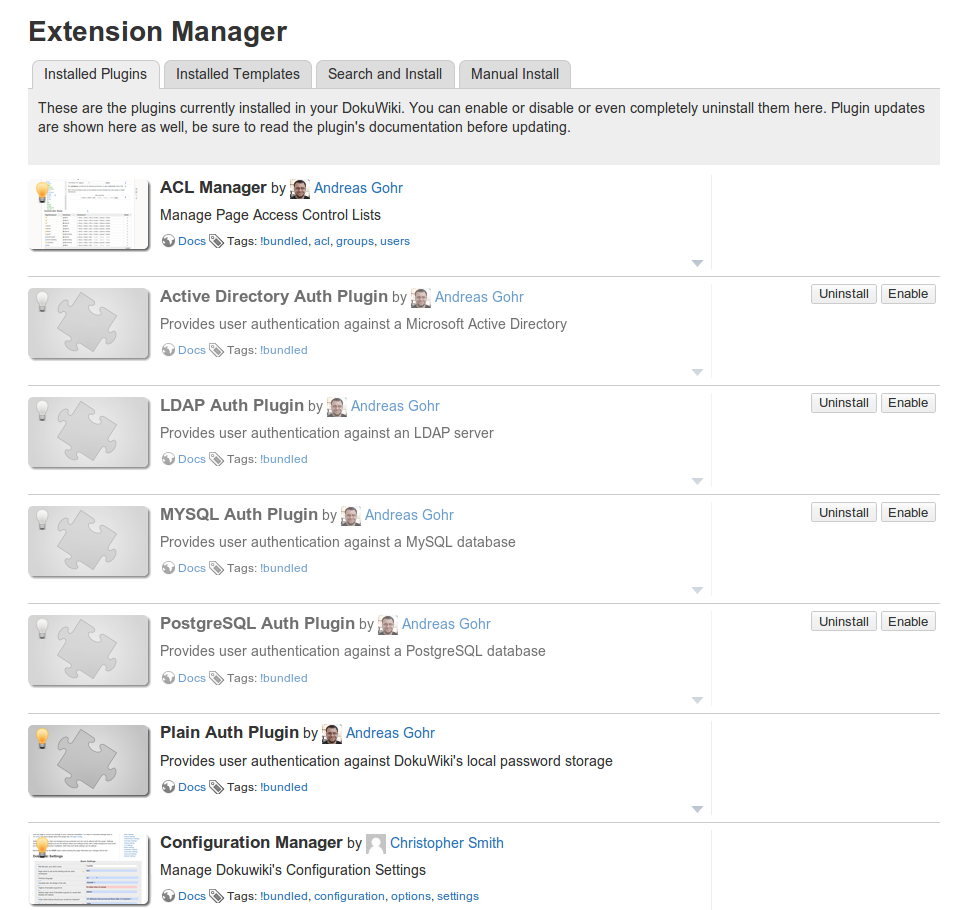Navigating the complexities of global business often involves coordinating with clients across diverse time zones. This comprehensive guide delves into the intricacies of managing these differences, from understanding the nuances of international time zones to implementing effective scheduling and communication strategies. Successful collaboration hinges on a deep understanding of cultural considerations and flexible workflows, all essential elements for maximizing efficiency and fostering strong client relationships.
This guide provides actionable insights, practical tools, and real-world examples to help you seamlessly manage clients in different time zones. By understanding the specific challenges and implementing the strategies Artikeld here, you can significantly improve communication, reduce misunderstandings, and enhance your overall business performance in the global marketplace.
Understanding Time Zone Differences

Effective communication with clients across different time zones is crucial for successful business relationships. Accurately understanding and managing time zone differences can prevent misunderstandings, delays, and lost opportunities. This section details the importance of recognizing these differences and the potential consequences of overlooking them.
Major Time Zones and UTC Offsets
A comprehensive understanding of global time zones is essential for scheduling meetings, responding to inquiries, and ensuring timely project delivery. Knowing the time difference between your location and your client’s is paramount for maintaining efficient communication.
- Numerous time zones exist worldwide, each representing a specific region or area. Understanding the offset from Coordinated Universal Time (UTC) is critical for coordinating schedules and ensuring that communication happens at appropriate times.
Importance of Understanding Time Zone Differences
Time zone awareness is vital for successful international collaborations. Misinterpretations of deadlines, appointment times, and response expectations can severely impact project timelines and client satisfaction.
Potential Pitfalls of Miscommunication
Miscommunication due to time zone differences can lead to significant problems. Missed deadlines, lost opportunities, and strained client relationships are potential consequences.
- A simple scheduling error, where a meeting is scheduled during the client’s business hours but outside your own, can lead to missed deadlines or lost opportunities.
- A failure to understand time zone differences can result in inappropriate response times to inquiries, impacting client perception of responsiveness and professionalism.
Examples of Scheduling Errors
Consider a scenario where a client in New York (UTC-5) schedules a meeting at 10:00 AM on a Tuesday. If a team member in London (UTC+1) misunderstands the time and responds to the client outside their working hours, the client might perceive a lack of responsiveness. This could impact the client’s perception of the company and potentially hinder the relationship.
- Another example is a project deadline. If a client in Los Angeles (UTC-8) has a deadline at 5:00 PM, a team member in Sydney (UTC+10) might not understand the deadline is already passed in their time zone, leading to project delays.
Time Zone Offset Table
This table provides a quick reference for time zone offsets from UTC for various locations.
| Location | Time Zone | UTC Offset |
|---|---|---|
| New York | EST | -5 |
| London | GMT | +1 |
| Sydney | AEST | +10 |
| Tokyo | JST | +9 |
| Los Angeles | PST | -8 |
| Mumbai | IST | +5:30 |
Scheduling and Communication Strategies

Effective scheduling and communication are crucial for maintaining productive relationships with clients across different time zones. Understanding client availability and adjusting communication methods accordingly is vital for maintaining a positive and professional image. This section provides strategies for optimizing scheduling and communication to ensure seamless interactions despite geographical differences.
Meeting Scheduling Strategies
Efficient scheduling minimizes delays and ensures meetings are productive for all parties involved. Consider utilizing online scheduling tools and platforms to facilitate a streamlined process. Prioritize the client’s time zone when setting meeting times, and strive to find a time that works best for everyone.
Meeting Scheduling Tools Comparison
Various tools facilitate international collaboration. Choosing the right platform is crucial for seamless communication and efficient scheduling.
| Tool | Features | Pros | Cons |
|---|---|---|---|
| Calendly | Automated scheduling, customizable meeting links, integrations with other tools. | User-friendly interface, efficient scheduling process, integrates with other tools. | May require a paid subscription for advanced features. |
| Google Calendar | Built-in scheduling, easy integration with other Google Workspace tools, free option. | Free, integrates well with other Google services, robust features. | Can be less intuitive for complex scheduling needs compared to dedicated tools. |
| Microsoft Outlook Calendar | Integrated scheduling, robust features, familiarity for many users. | Familiarity and integration with Microsoft ecosystem, excellent for users already in the ecosystem. | May require a Microsoft 365 subscription, potential compatibility issues with non-Microsoft tools. |
| Zoom | Video conferencing, scheduling integration, screen sharing, and collaborative features. | Versatile for video conferencing and collaboration, strong security features. | Can be resource-intensive for some users, may require additional software for some features. |
Proactive Communication About Working Hours
Clearly outlining your working hours sets expectations for response times. Communicating your availability and preferred methods of contact is essential for maintaining smooth communication flows.
Communication Methods
Different communication methods are suitable for various time zone situations. Choosing the appropriate method is essential for effective and timely communication.
- Email: Suitable for sending information, documents, and scheduling confirmations. Emails are generally reliable and leave a record of communication. However, they can be less immediate than other methods.
- Instant messaging (IM): Ideal for quick questions and updates. Provides a more immediate response compared to email, but might not be appropriate for formal communications.
- Video conferencing: Best for real-time discussions and collaborative tasks. Allows for visual interaction and clear communication, but may not be appropriate for all situations.
- Phone calls: Suitable for urgent matters and sensitive discussions. Offers a more personal touch but may not be accessible to all clients.
Clear Expectations on Response Times
Setting clear expectations about response times is crucial for maintaining client satisfaction and building trust. Clearly outlining your response time window helps clients understand when they can expect a reply.
Email Templates for Scheduling Meetings
Email templates streamline the scheduling process. They provide a professional and organized approach to scheduling.
- Subject: Meeting Request – [Project Name]
Dear [Client Name],
I hope this email finds you well.
I’d like to schedule a meeting to discuss [briefly state the purpose of the meeting].
Please find my available times below:
[List available times and corresponding time zones]
Please let me know which time works best for you.
Best regards,
[Your Name] - Subject: Meeting Confirmation – [Project Name]
Dear [Client Name],
This email confirms our meeting on [Date] at [Time] [Time Zone] to discuss [briefly state the purpose of the meeting].
[Meeting Link]
Please let me know if you have any questions.
Best regards,
[Your Name]
Helpful Resources for Managing Time Zones
Numerous resources assist in managing time zones effectively.
- Online time zone converters: Tools like timeanddate.com provide quick and easy conversions.
- Time zone apps: Mobile applications offer convenient time zone management features.
- International collaboration resources: Professional development resources can offer further support for managing international collaborations.
Tools and Technologies for Time Zone Management

Effective time zone management is crucial for smooth operations when working with clients across different time zones. These tools streamline scheduling, communication, and ultimately, project success. By leveraging technology, businesses can ensure seamless collaboration and avoid miscommunication.Time zone-aware scheduling tools provide a crucial layer of support for international clients, allowing for accurate estimations of working hours and project deadlines.
These tools help in efficiently managing the complexities of coordinating across different time zones, leading to better project outcomes and improved client satisfaction. Understanding the specific functionalities of such tools is key to harnessing their full potential.
Time Zone-Aware Scheduling Tools
Scheduling software designed with time zone awareness significantly simplifies the process of coordinating meetings and deadlines. Such tools allow users to input their time zone and the time zone of their client, ensuring that all schedules are displayed and managed correctly. This avoids scheduling conflicts and misunderstandings.
Features of Scheduling Software
Many scheduling software applications offer robust time zone support. Features such as automatic time zone conversion, the ability to display schedules in different time zones, and the integration of time zone information directly into the scheduling interface are essential. Some platforms also allow users to specify specific time zone preferences for recurring events.
Tools for Managing Time Zones for Meetings
A wide range of tools aid in managing time zone differences for meetings. These tools include dedicated time zone converter websites, calendar applications with built-in time zone support, and project management software with integrated scheduling capabilities. These tools can greatly enhance efficiency and productivity in cross-cultural collaborations.
Time Zone Converters and Online Resources
Online time zone converters are readily available and invaluable for quickly determining the time difference between locations. These tools are helpful for initial scheduling and for clarifying meeting times. Many calendar applications and project management software also incorporate time zone converters. These online resources are simple, yet effective in mitigating potential scheduling errors.
Enhancement of Productivity and Communication
Time zone-aware tools enhance productivity by ensuring that scheduling and communication are accurate and efficient. By eliminating the need for manual time zone conversions, these tools free up time for more important tasks, allowing for better focus on client interactions. They contribute to stronger client relationships through more accurate scheduling and more appropriate communication times.
Summary of Key Features of Popular Scheduling Tools
| Scheduling Tool | Time Zone Support | Other Key Features |
|---|---|---|
| Google Calendar | Excellent time zone support, automatic conversion, and display in various time zones. | Collaboration features, reminders, and integration with other Google services. |
| Outlook Calendar | Robust time zone support, allowing for multiple time zones and automatic conversions. | Integration with Microsoft Office suite, email management, and task management. |
| Calendly | User-friendly interface for scheduling meetings across different time zones, automatically converting to client’s time zone. | Pre-defined meeting templates, customizable scheduling options, and integration with other platforms. |
Cultural Considerations

Effective time zone management extends beyond simply accounting for different time differences. It necessitates a deep understanding of cultural nuances that influence how individuals perceive and interact with time. This understanding is crucial for fostering positive client relationships and achieving successful collaborations across geographical boundaries.Cultural perceptions of time and punctuality vary significantly. What might be considered prompt in one culture could be perceived as tardy in another, and vice versa.
These differences in expectations can lead to misunderstandings and potentially damage business relationships if not addressed proactively. Therefore, sensitivity to these differences is essential for successful cross-cultural communication.
Cultural Perceptions of Time
Different cultures have varying approaches to time management. Some cultures prioritize punctuality and adhere strictly to schedules, viewing time as a valuable commodity. Others are more flexible and adaptable, considering time as more fluid and less rigidly structured. Understanding these different perspectives is crucial for avoiding misinterpretations and maintaining positive client relationships. For instance, in some cultures, arriving slightly late to a meeting is not considered disrespectful, whereas in others, it could damage trust and create a negative impression.
Cultural Variations in Communication Styles
Communication styles, including verbal and nonverbal cues, vary significantly across cultures. Direct communication, often preferred in some cultures, can be perceived as aggressive in others. Indirect communication styles, common in some cultures, might appear vague or evasive to those accustomed to directness. Likewise, the appropriateness of different communication channels (e.g., email, phone, video calls) may vary.
Adapting Communication Strategies
To effectively navigate these differences, it is crucial to adapt communication strategies to diverse cultural contexts. Active listening, careful observation of nonverbal cues, and sensitivity to different communication styles are essential. Tailoring communication to the specific needs and preferences of the client is vital for building trust and rapport. For example, when communicating with clients from cultures that value indirect communication, it is important to listen carefully and avoid making abrupt or overly assertive statements.
Examples of Cultural Sensitivity in Client Relationships
Cultural sensitivity can significantly enhance client relationships. By acknowledging and respecting diverse cultural practices, businesses can demonstrate their commitment to understanding and inclusivity. This creates a positive and comfortable environment for clients, fostering trust and mutual respect. For instance, acknowledging and respecting religious holidays or cultural practices can significantly enhance client relationships. Understanding cultural nuances also enables businesses to avoid potential misinterpretations and to offer services that are culturally appropriate and effective.
Respecting Different Work Schedules
Respecting different work schedules is crucial for successful time zone management. Many cultures have varying work hours and may not be available during standard business hours in other regions. Understanding these differences and accommodating client availability through flexible scheduling is crucial for building positive client relationships. Recognizing and respecting client availability allows for better communication and collaboration, ensuring that the client’s time and resources are valued.
Adapting Your Workflow
Successfully managing clients across different time zones requires a flexible and adaptable workflow. This involves recognizing the varying schedules and adjusting your daily activities to accommodate these differences, while maintaining productivity and efficiency. Understanding client needs and preferences, along with leveraging appropriate tools and communication strategies, are crucial for maintaining strong relationships.
Adjusting Your Daily Workflow
Adapting your daily workflow to accommodate clients in different time zones involves proactive scheduling and prioritizing tasks. It’s essential to understand that client availability varies greatly depending on their location. This necessitates a flexible approach to meeting deadlines and ensuring effective communication. Planning your day around client time zones is a critical step.
Flexible Work Arrangements for International Clients
Flexible work arrangements are essential for managing international clients effectively. These arrangements can include staggered working hours, compressed workweeks, or remote work options. For example, a consultant might dedicate specific mornings to interacting with clients in Europe and afternoons to clients in the Pacific region. Implementing flexible work hours allows consultants to provide timely responses and maintain rapport with clients in different time zones.
Managing Multiple Time Zones Without Compromising Efficiency
Managing multiple time zones effectively necessitates strategic prioritization and task delegation. Time management tools, such as calendars integrated with time zone settings, are invaluable. Breaking down large projects into smaller, more manageable tasks allows for efficient distribution of time and effort across different time zones. This also aids in maintaining a structured and efficient workflow.
Sample Daily Schedule for a Consultant
A sample daily schedule for a consultant working with clients across multiple time zones could look like this:
- 6:00 AM – 7:00 AM (Pacific Time): Check emails, respond to urgent client inquiries from the Pacific region.
- 7:00 AM – 12:00 PM (Pacific Time): Prepare presentations and reports for upcoming meetings with clients in the Pacific region and Europe.
- 12:00 PM – 1:00 PM (Pacific Time): Lunch break and quick client follow-up for European clients.
- 1:00 PM – 5:00 PM (Pacific Time): Client meetings with clients in Europe, focusing on strategy and project updates.
- 5:00 PM – 6:00 PM (Pacific Time): Review daily tasks, prepare for the next day, and send follow-up emails.
Different Work Styles for Managing International Clients
Different work styles can enhance efficiency when managing international clients. A consultant might adopt a proactive communication style, ensuring clear and consistent communication with clients across time zones. Alternatively, a reactive style might be more suitable for situations requiring immediate responses to urgent client needs. An organized approach to task management, utilizing project management tools, can streamline the process.
| Work Style | Description | Suitability for International Clients |
|---|---|---|
| Proactive | Anticipating client needs and proactively communicating updates. | Excellent for maintaining client relationships and ensuring timely project progress. |
| Reactive | Responding to client requests and inquiries as they arise. | Useful for addressing urgent issues or immediate needs, but may not be as effective for long-term client management. |
| Organized | Using project management tools, detailed task lists, and clear communication channels. | Essential for complex projects with multiple stakeholders and tasks. |
Handling Urgent Situations
Effective time zone management is crucial for addressing urgent client needs promptly. A well-defined protocol for handling these situations ensures that clients receive timely responses and solutions, regardless of the time difference. This section Artikels procedures for handling urgent situations, focusing on clear communication, efficient response strategies, and mitigating potential issues arising from diverse time zones.
Urgent Situation Protocols
Addressing urgent client situations across time zones requires a proactive approach. Establishing clear protocols minimizes delays and ensures that the client receives immediate attention. These protocols should detail the process for escalating issues and the responsibilities of different team members. Timely escalation ensures that the appropriate personnel, regardless of their location, can take action.
Clear Communication Channels for Urgent Matters
Clear communication channels are vital for urgent situations. Utilizing multiple communication channels, such as instant messaging, email, and phone calls, ensures that clients can reach the appropriate personnel immediately. Establishing specific communication channels for urgent matters reduces ambiguity and potential delays. This also helps to track the communication history for reference.
Managing Unexpected Situations
Unexpected situations can arise due to time zone differences. Having a flexible approach to addressing such issues is crucial. Proactive planning for potential problems and having contingency plans will help to mitigate the impact of unexpected events. For example, designating a point person for after-hours urgent situations can help clients feel assured that their needs are being addressed.
Urgent Client Request Checklist
A structured checklist for handling urgent client requests ensures that no detail is overlooked. This checklist should include steps for acknowledging the request, identifying the urgency level, assigning the appropriate personnel, outlining the communication strategy, and tracking the progress.
- Acknowledge the request promptly.
- Categorize the urgency level (high, medium, low).
- Assign the appropriate team member or department to handle the request.
- Establish a communication strategy (e.g., email, instant messaging, phone).
- Set clear expectations and timelines for resolution.
- Document all communication and actions taken.
- Follow up with the client regarding the resolution.
Example Procedures for Handling Urgent Issues
Examples of procedures for handling urgent issues can include establishing a dedicated communication line for urgent matters, or creating a tiered escalation system. A tiered escalation system will clearly define who handles issues based on their severity and urgency.
| Situation | Action | Communication Channel |
|---|---|---|
| Client reports critical system error impacting service | Immediate notification to engineering team via instant messaging and email | Instant messaging, email |
| Client requests urgent change to contract terms | Notify legal department, document communication | Email, phone call |
| Client requires immediate support for account access | Verify client credentials, escalate to IT support team | Phone call, secure messaging |
Final Wrap-Up
In conclusion, effectively managing clients across various time zones requires a multifaceted approach. This guide has highlighted the crucial steps for success, from meticulous scheduling and communication to understanding cultural sensitivities and implementing flexible workflows. By integrating these strategies into your business practices, you can streamline operations, foster stronger client relationships, and achieve optimal results in the international arena.